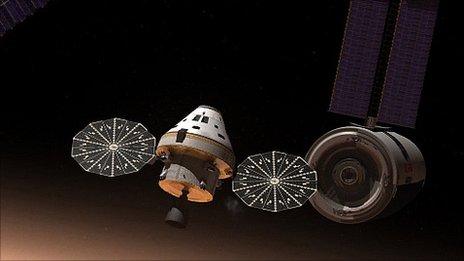Europe signs on to Orion venture
- Published
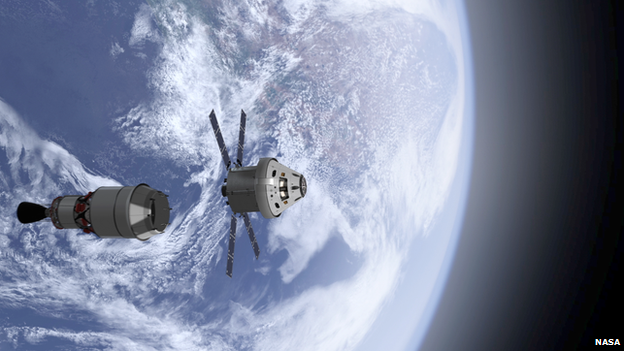
After Orion comes off the top of its rocket it is dependent on its service module
The European Space Agency and Airbus have signed a contract that will see the aerospace giant build the "back end" of America's new manned spaceship.
The US intends to use its Orion capsule, external to send astronauts to an asteroid and eventually to Mars.
The vehicle needs a propulsion unit to push it through space and to carry the humans' air and water.
European industry has been tasked with constructing this "service module" for an initial test flight in late 2017.
The hope, however, is that this will become a long-term relationship in which every Orion mission is supported by Esa/Airbus hardware.
Officials from the European Space Agency and the manufacturer signed the contract, valued at 390 million euros (£310m/$490m), in Berlin, witnessed by representatives from the German federal government, the German space agency, Nasa and US industry.
The design for the service module borrows heavily from the unmanned cargo truck Europe has been running to the space station in recent years called the Automated Transfer Vehicle, external.
At one time, Europe thought of adapting the truck into a human transportation system of its own, but baulked at the costs.
Nonetheless, the performance and reliability of the ATV has made it an ideal template for Orion's service module.
"Let me be very clear - if Europe had not done ATV, the US would not have invited Europe to do the service module for them," said Bart Reijnen, the head of orbital systems and space exploration at Airbus Defence and Space, external.
"If we had not done ATV, we would have started with a much lower technology readiness level, which would have meant spending more money and taking a longer schedule."

The deal was signed between Esa and Airbus - the Americans get the module under the ISS barter
The propulsion unit will be manufactured principally in Bremen, with components brought in from across the rest of Europe.
As with the ATV, it will have a number of thrusters, but the main one will be an old space shuttle engine - one the orbiter would use to make manoeuvres once in space.
"The service module is a key element of the Orion vehicle. In fact, we talk about the crew module and the service module making up the Orion vehicle," Kirk Shireman, the deputy director of Nasa's Johnson Space Center in Houston, told BBC News.
America will pay nothing for the service module because it is being given as payment in kind to cover costs Europe will incur at the International Space Station from 2018 through 2020.
It is part of a barter agreement - something that has become standard practice over the 16-year history of the ISS.
And it is the prospect of the ISS being extended well into the next decade, with the need for Europe to offset its future "subscription payments", that may see Airbus supply many more service modules.
Although the 2017 maiden outing for the European hardware will be unmanned, the mission that follows will carry astronauts - probably on a trip around the Moon.
"It is of course my wish to have a European astronaut - a man or a woman - onboard the Orion capsule sometime in the next decade," said Thomas Reiter, Esa's human spaceflight director.
"I don't think it is too far-fetched to believe that with this path we have now opened, we will get flight opportunities."
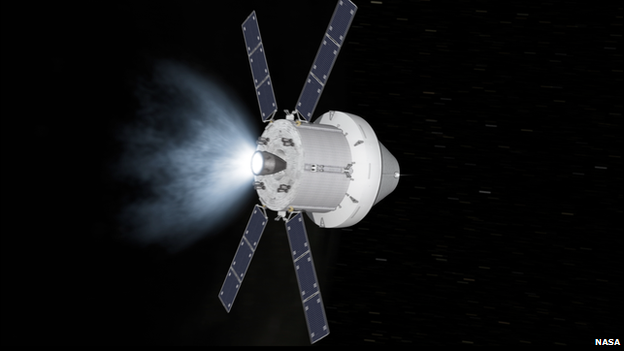
The main thruster will be an old shuttle Orbital Manoeuvring System engine
The Orion capsule - a conical ship reminiscent of the Apollo capsules, although larger and far more sophisticated - is being built by Lockheed Martin, external.
A stripped down article will make a test flight next month, to check certain design features meet their specification.
The key technology being demonstrated is the shield that protects the ship from the immense heat generated on re-entry into the Earth's atmosphere.
The December mission will only venture about 5,800km from Earth and, again, because this is still early days in the programme, will not have humans aboard - only cameras and sensors.
Neither will it use the Space Launch System rocket that is being developed specifically for it. That will not be ready until the 2017 flight that debuts the European service module.
So, instead, next month's voyage will begin on a Delta IV Heavy, which is normally used to launch America's national security payloads, such as its spy satellites.
"This will be a huge event," said Lockheed Martin programme manager Michael Hawes.
"I really believe that when we look back in 15 or 20 years, when people are on Mars, we'll be able to say it all started here with this December test flight," he told BBC News.
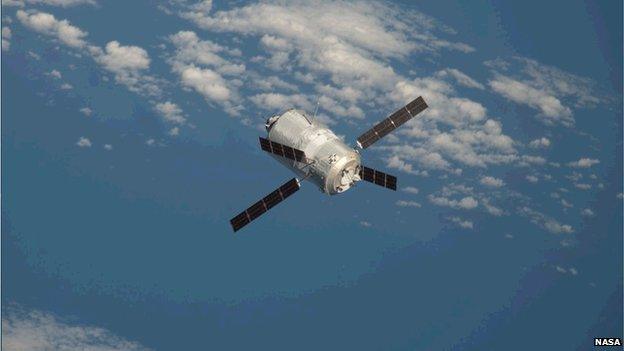
At one time, Europe thought of adapting the ATV into a human transportation system of its own
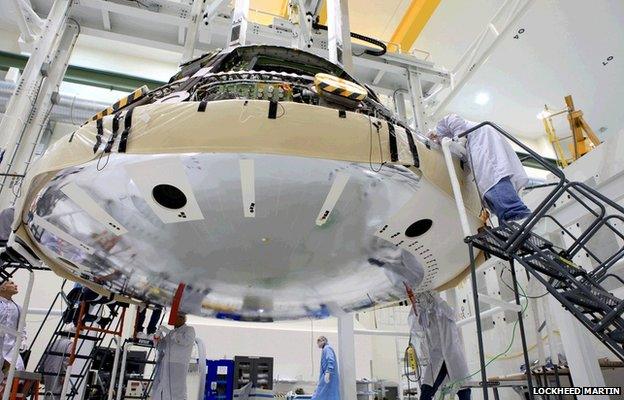
This December's flight for Orion is about testing certain key technologies, such as the heatshield
Jonathan.Amos-INTERNET@bbc.co.uk and follow me on Twitter: @BBCAmos, external
- Published16 September 2014

- Published26 June 2014
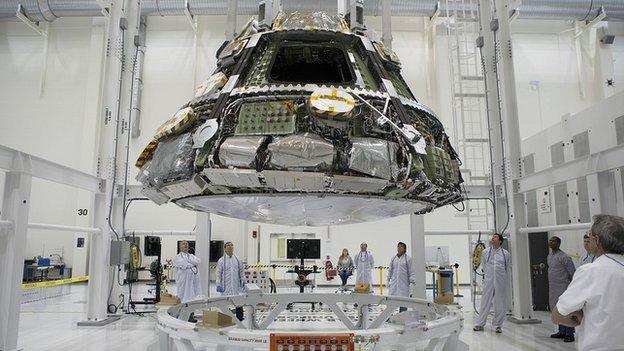
- Published20 November 2012
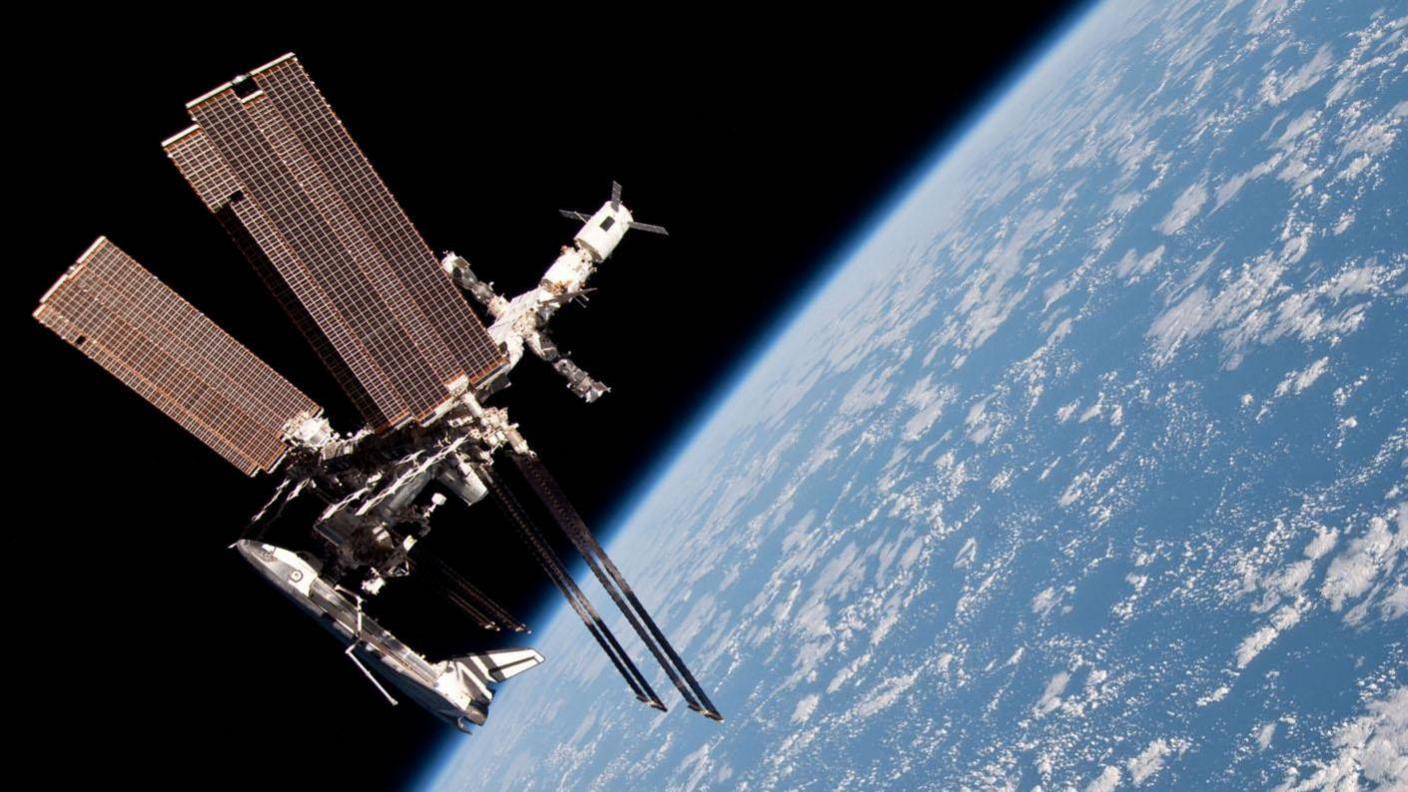
- Published16 January 2013
.jpg)
- Published20 September 2011
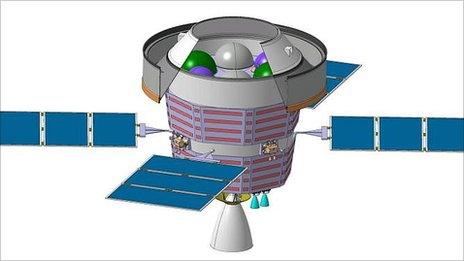
- Published14 September 2011
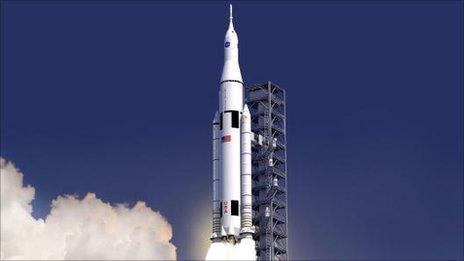
- Published25 May 2011
